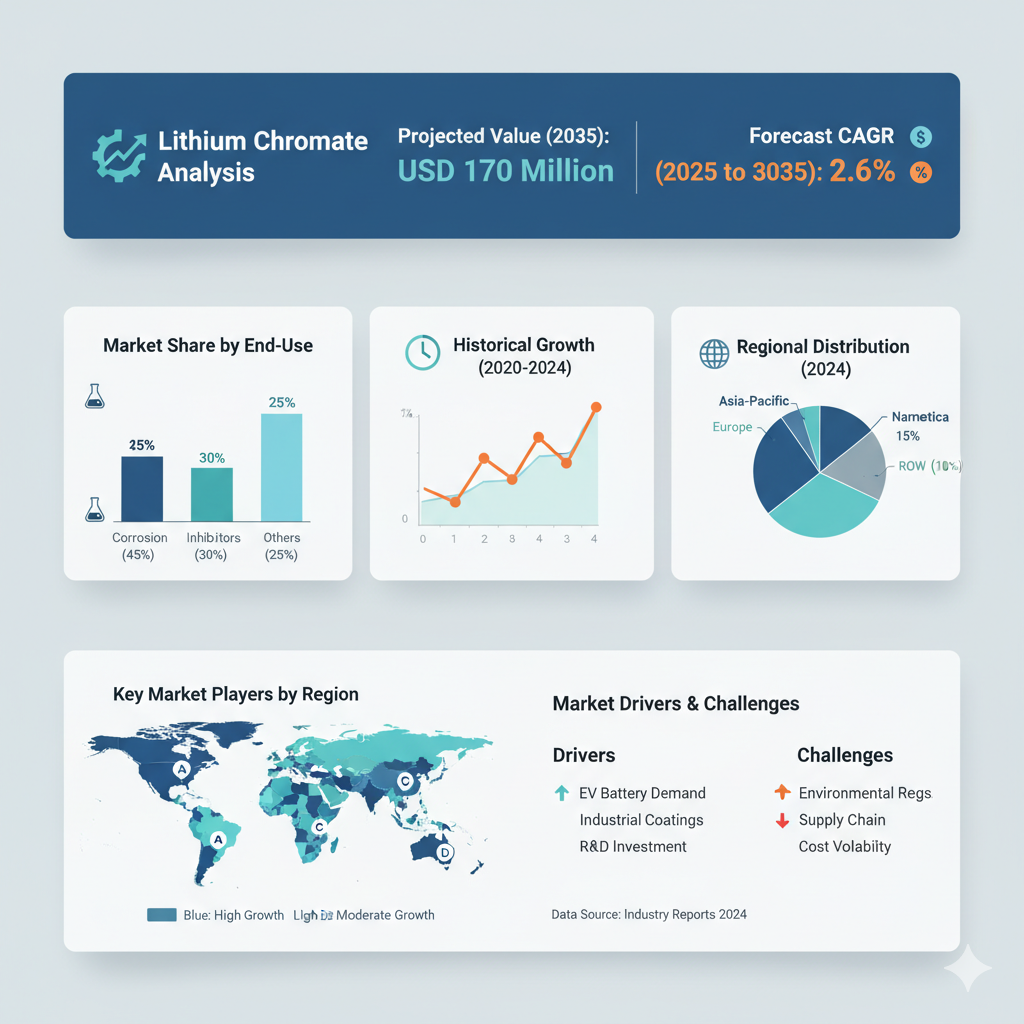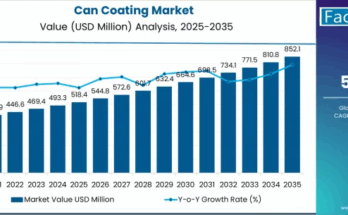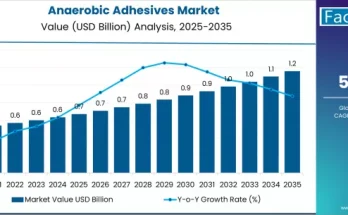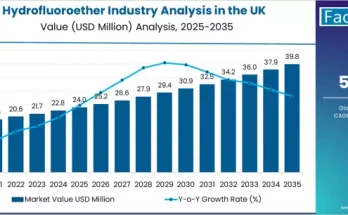The global Lithium Chromate market is charting a steady but measured growth path. The market is expected to rise from an estimated USD 131.5 million in 2025 to USD 170 million by 2035, reflecting a compound annual growth rate (CAGR) of approximately 2.6% over the forecast period. This upward trajectory is underpinned by growing demand in specialty chemical applications, evolving battery chemistry research, and usage in coatings, corrosion inhibition, and laboratory reagents.
Market Segmentation: Form, Grade, Application, Channel, and Region
Understanding the lithium chromate market requires a closer look at its key segmentation areas, which reveal how demand patterns and application trends are evolving across the industry.
By Form Type
The powder form of lithium chromate continues to dominate the market due to its ease of handling, storage stability, and suitability for industrial-scale applications. Powder formulations are particularly favored by manufacturers who require consistent quality and long shelf life. Meanwhile, the aqueous solution or suspension form is gaining traction in specialized uses, especially in coatings, corrosion prevention, and laboratory research. Its convenience in direct application processes makes it an important segment despite lower overall market share.
By Grade
The industrial grade segment accounts for the largest share of the market. It is widely used in coatings, corrosion inhibitors, pigments, and metal treatment industries where moderate purity is sufficient. Battery grade lithium chromate represents a niche but growing segment, driven by ongoing experimentation in advanced energy storage technologies. Researchers are exploring lithium chromate as a potential additive for battery performance optimization and stability enhancement. Reagent or laboratory grade, although smaller in volume, commands higher margins due to strict purity specifications. It finds extensive use in analytical laboratories, academic institutions, and R&D facilities.
By Application
Lithium chromate serves diverse applications across multiple industrial domains. Its most significant use remains in corrosion inhibition, where it is valued for its exceptional chemical stability and temperature resistance. The compound is also used in pigments, coatings, and as an analytical reagent. In energy-related fields, lithium chromate has found experimental use in battery research as scientists investigate chromate-based compounds for improving electrode stability. Additionally, it is occasionally employed in cooling systems, heat transfer solutions, and buffer media within specialized industries.
By Distribution Channel
The lithium chromate market operates through both direct and indirect sales channels. Large-scale industrial users typically engage in direct contracts with manufacturers to secure long-term supply and ensure quality consistency. Chemical distributors serve as intermediaries for smaller buyers or those requiring regional access. In recent years, online distribution has also become a relevant channel, particularly for laboratory-grade materials and small-quantity purchases.
By Region
Regionally, Asia Pacific leads the global market owing to its strong manufacturing base, rapid industrialization, and ongoing research in advanced materials and battery chemistry. North America and Europe continue to play pivotal roles in aerospace, defense, and specialty chemical sectors, where lithium chromate’s anti-corrosive properties are indispensable. Emerging regions such as Latin America and the Middle East are gradually contributing to demand as their industrial sectors expand and adopt modern material technologies.
Recent Market Developments and Competitive Landscape
The lithium chromate market has witnessed several notable developments over recent years. One significant trend is the renewed focus on high-performance corrosion inhibitors. Industries such as aerospace and defense are increasingly seeking materials that provide superior protection in extreme environments, and lithium chromate continues to meet these demands.
Key companies shaping the global lithium chromate market include American Elements, McGean Chemical Company, Mody Chemi Pharma Ltd., and Nanjing Chemical Material Corporation. Other significant participants are Biosynth AG, ChemImpex International, Scimplify, Sichuan Kulinan Technology, Chengdu Ai Keda Chemical Technology, Watson Biotechnology, Ronbay Technology, China Sun Group High-Tech, and SQM. Competition among these players is moderate but strategically intense, with a strong emphasis on purity control, product customization, and adherence to regulatory standards.
The competitive landscape is defined by several critical factors. Purity and particle engineering remain central differentiators, as clients demand precise material specifications. Regulatory compliance and environmental safety standards also shape competition, compelling firms to adopt cleaner and safer production technologies. Cost efficiency and secure supply chains are additional priorities, particularly as demand for lithium-based compounds grows globally. Many companies also focus on niche specialization—offering custom-grade formulations and technical services to research clients—and expand their global footprint through regional partnerships and distribution networks.
Request for Discount: https://www.factmr.com/connectus/sample?flag=S&rep_id=10969
Buy Now at USD 4500: https://www.factmr.com/checkout/10969
Check out More Related Studies Published by Fact.MR Research:
Unsaturated Polyester Resin Market: https://www.factmr.com/report/4731/unsaturated-polyester-resin-market
Zinc Sulphate Market: https://www.factmr.com/report/3663/zinc-sulphate-market
Epoxy Hardener Market: https://www.factmr.com/report/4954/epoxy-hardener-market
Keratin Market: https://www.factmr.com/report/keratin-market



